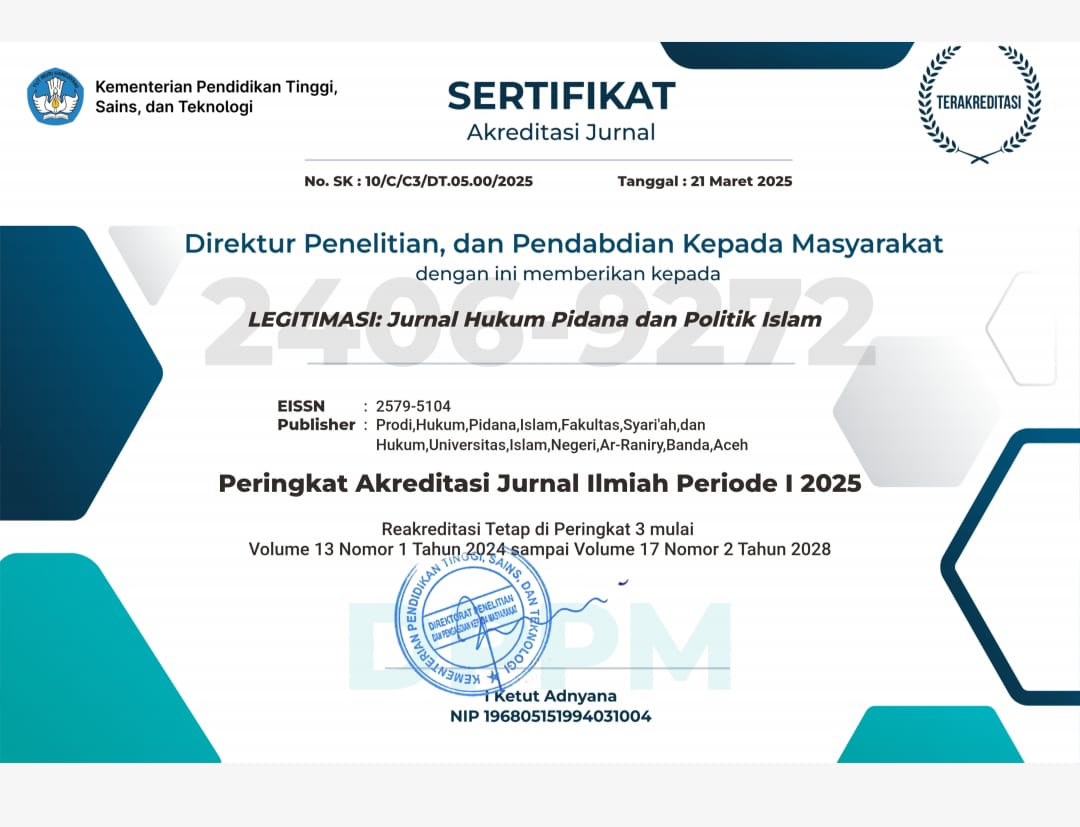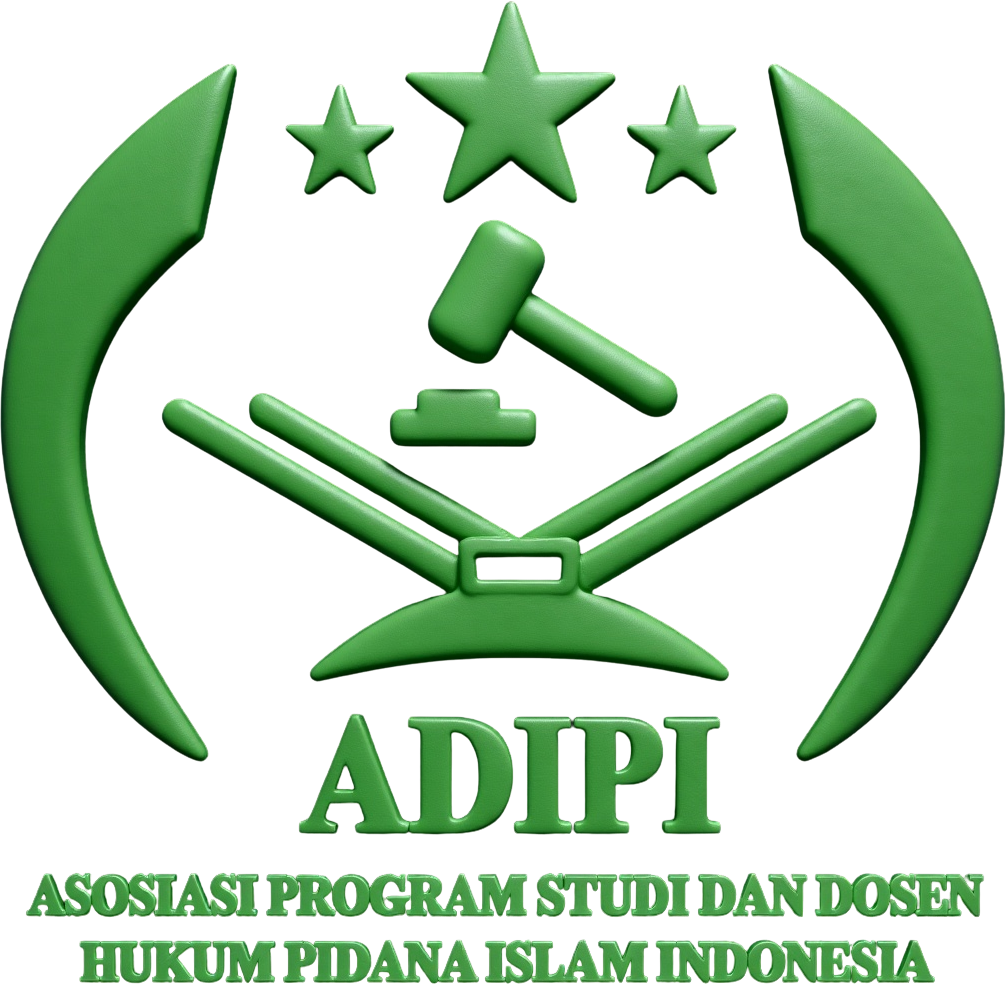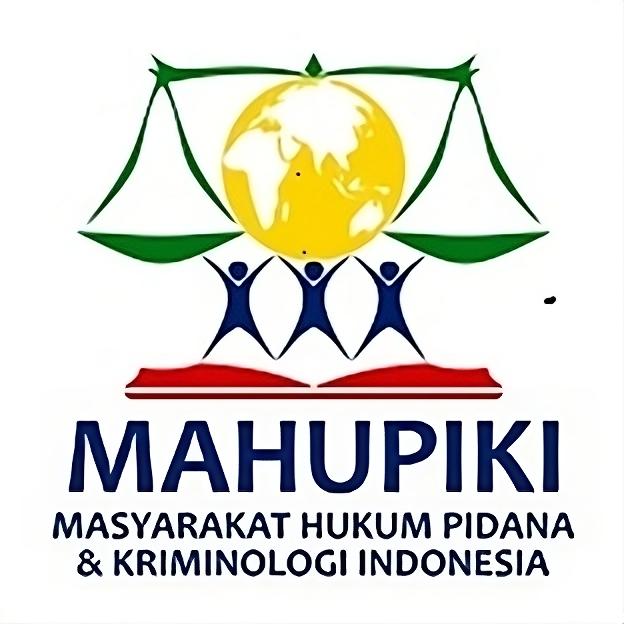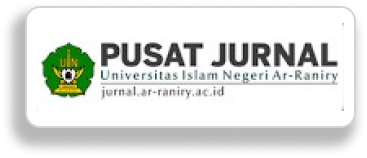Criminal Responsibility for Santet Practices in Simeulue Regency from the Perspective of Islamic Criminal Law
DOI:
https://doi.org/10.22373/legitimasi.v14i1.30122Keywords:
Criminal Responsibility, Santet, Simeulue, Islamic Criminal LawAbstract
Witchcraft or black magic is still believed to be an act that can cause harm to a person through occult science. The losses caused by witchcraft can be seen directly and clearly in witchcraft victims, but it is difficult to explain medically and scientifically. Although it cannot be proven based on criminal law, the impact of witchcraft can be known based on indications that are widespread in the victim, such as foreign objects found in the victim, causing physical and non-physical suffering for a long time, even causing the victim to die. The focus of this research is on how to resolve witchcraft cases through customary law in the Simeulue community. The method used is qualitative, with data obtained from interviews and supported by literature sources. The results of the study showed that the phenomenon of witchcraft in Langi Village, Teupah Village, and Suka Jaya Village in Simeulue Regency had a motive of displeasure between the perpetrator and the victim. Santet is not always used for evil, but can also be used for good, such as medicine, predicting the whereabouts of a person or lost item (tendung). In general, the people of Simeulue do not accept the presence of witchcraft (for evil) in their lives, but specific individuals still abuse witchcraft as a power to harm people. The abuse of witchcraft that causes others to suffer is not in line with the principles of Islamic criminal law. Witchcraft can be held accountable if proven to have committed a crime that causes harm to others, both physically, psychologically, or socially.
References
Bali, Wahid Abdussalam. Pakar Ilmu Gaib Dari Timur Tengah Tolak Sihir Cara Islam. Solo: Aqwam Media Profetika, 2008.
———. Ruqyah Jin, Magic Dan Terapinya. Jakarta: Ummul Qura, 2014.
Chen, Jianlin, and Phapit Triratpan. “Black Magic, Sex Rituals, and the Law: A Case Study of Sexual Assault by Religious Fraud in Thailand.” UCLA Pacific Basin Law Journal 37, no. 1 (2020).
Cherry, Keith. “Introduction: Pluralism, Contestation, and the Rule of Law.” Constitutional Forum / Forum Constitutionnel 30, no. 4 (2021).
Eska, Bamar. Sihir, Santet Dan Tenung Ditinjau Dari Agama Islam Dan Kristen. Surabaya: Bintang Pelajar, 2007.
Fina, Lien Iffah Naf’atu. “When Islamic Spirituality Meets Magic: Aḥmad Ibn ‘alī Al-Būnī (d. 622/1225) and the Science of Letters.” Ulumuna 20, no. 2 (2016).
Fitriyanto, Briyan Eko. “Community Response to the Santet Phenomenon: Study in Kampong Nambahdadi Terbanggi Besar Sub-District of Central Lampung Regency.” University of Lampung. Lampung, 2017.
Flint, Valerie I. J., and G. F. Grant. “Magic and Divination in the Middle Ages: Texts and Techniques in the Islamic and Christian Worlds.” Journal of the History of the Behavioral Sciences 34, no. 4 (1998).
Golanski, Alani. “A Structuralist Concept of the Rule of Law.” British Journal of American Legal Studies 10, no. 1 (2021).
Grimm, Dieter. “Rule of Law and Democracy.” In Rule of Law vs Majoritarian Democracy, 2021.
Hamzan, Muna. “Guidelines on the Practice of Magic According to the Islamic Perspective.” International Journal of Islamic Studied and Social Sciences 2, no. 2 (2020).
Hendrik, Hendrik, Henny Damaryanti, and Budimansyah Budimansyah. “The Criminal Policy On Regulation Concerning Black Magic In Indonesian Law.” International Journal of Multi Discipline Science (IJ-MDS) 1, no. 1 (2018).
Huong, Ngo Thi Minh, and Giao Cong Vu. “Criminal Justice Responses to Trafficking in Persons.” Journal of Southeast Asian Human Rights 7, no. 1 (2023).
Kansil, Fernando I. “Sanksi Pidana Dalam Sistem Pemidanaan Menurut KUHP Dan Di Luar KUHP.” Lex Crimen 3, no. 3 (2014): 26–34.
Lana, Ahmad Fa’iq Barik. “Ritual and Motivation of Pilgrimage at the Tomb of Sheikh Ahmad Mutamakhin Kajen Village, Margoyoso District, Pati Regency.” Sunan Kalijaga State Islamic University, Yogyakarta, 2015.
Lewis, Sebastian. “Precedent and the Rule of Law.” Oxford Journal of Legal Studies 41, no. 4 (2021).
Malik, Faissal, Syawal Abduladjid, Dewa Gede Sudika Mangku, Ni Putu Rai Yuliartini, I. Gusti Made Arya Suta Wirawan, and Putu Ronny Angga Mahendra. “Legal Protection for People with Disabilities in the Perspective of Human Rights in Indonesia.” International Journal of Criminology and Sociology 10 (2021).
Mas, Marwan. Pengantar Ilmu Hukum. Bogor: Ghalia Indonesia, 2011.
Mayans-Hermida, Beatriz E, and Barbora Holá. “Punishing Atrocity Crimes in Transitional Contexts: Advancing Discussions on Adequacy of Alternative Criminal Sanctions Using the Case of Colombia.” Oxford Journal of Legal Studies 43, no. 1 (2023).
Melvin-Koushki, Matthew. “Magic in Islam between Religion and Science.” Magic, Ritual, and Witchcraft 14, no. 2 (2019). https://doi.org/10.1353/mrw.2019.0025.
Moeljatno. Asas-Asas Hukum Pidana. Jakarta: Rineka Cipta, 2002.
Mohammad Mahfud MD. Politik Hukum Di Indonesia. (Jakarta: Rajawali Press, 2012.
Prakasa, Satria Unggul Wicaksana. “Garuda Indonesia-Rolls Royce Corruption, Transnational Crime, and Eradication Measures.” Lentera Hukum 6, no. 3 (2019).
Prodjodikoro, Wirjono. Asas-Asas Hukum Pidana Di Indonesia. Bandung: Eresko, 1989.
Schotel, Bas. “Administrative Law as a Dual State. Authoritarian Elements of Administrative Law.” Hague Journal on the Rule of Law 13, no. 1 (2021).
Suartha, I. Dewa Made, I. Dewa Agung Gede Mahardika Martha, and Bagus Hermanto. “Between Mental Illness, Criminal Policy Reform, and Human Rights: Discourse on Reformulation of The Article 44 Indonesia Criminal Code.” International Journal of Criminal Justice Sciences 17, no. 1 (2022).
Tymoshenko, V. “The Doctrine of the Purpose of Criminal Punishment in Modern European Political and Legal Thought.” Uzhhorod National University Herald. Series: Law, no. 70 (2022).
Ulfah, Maria. “Sanksi Pidana Pokok Dalam KUHP Dan RKUHP 2019 Sub Tema Tulisan : Sistem Perumusan Sanksi Pidana Dalam RKUHP.” In Prosiding Seminar Nasional Dan Call for Papers “Arah Kebijakan Hukum Pidana Indonesia, Analisis Terhadap Sejumlah Kebijakan Kriminal Kontroversial Dalam RKUHP,” 247–70. Bandung: Universitas Katolik Parahyangan, 2019.
Widayati. Negara Hukum, Konstitusi, Dan Pembentukan Peraturan Perundang- Undangan. Semarang: Unissula Press, 2016.
Widyawati, Anis. “Criminal Policy of Adultery in Indonesia.” Journal of Indonesian Legal Studies 5, no. 1 (2020).
Interview
Abdul Abbas, a village head from East Simeulue, June 27, 2020. Interview with Hamzah Aslan, Head of Suka Jaya Village, March 18, 2021
Kadil, a village head, Suak Buluh Village, March 18, 2021
Mus, as a village head, Suka Jaya Village, March 16, 2021
Sahmil, a community of Suak Buluh Village, March 17, 2021
Sahrima, a community of Suka Jaya Village, March 16, 2021
Marhamah, a Community of Langi Village, March 18, 2021
Harisah, a Community of Teupah Village, March 17, 2021
Udin, a village head and traditional figure, Suka Jaya Village, March 16, 2021.
Statute
Draft Law of the Republic of Indonesia Year 2019 Concerning the Criminal Code
Criminal Code of Indonesia
The Criminal Code of Indonesia (KUHP)
Downloads
Published
Issue
Section
License
Copyright (c) 2025 Mukhsin Nyak Umar, Safira Mustaqilla, Tgk. Sulfanwandi, Ima Syahrima, Salsabila Firdausia

This work is licensed under a Creative Commons Attribution-NonCommercial-ShareAlike 4.0 International License.
Authors who publish in Legitimasi: Jurnal Hukum Pidana dan Politik Hukum agree to the following terms:
- Authors retain copyright and grant the journal right of first publication with the work simultaneously licensed Attribution-ShareAlike 4.0 International (CC BY-SA 4.0) that allows others to share the work with an acknowledgment of the work's authorship and initial publication in this journal.
- Authors are able to enter into separate, additional contractual arrangements for the non-exclusive distribution of the journal's published version of the work (e.g., post it to an institutional repository or publish it in a book), with an acknowledgment of its initial publication in this journal.
- Authors are permitted and encouraged to post their work online (e.g., in institutional repositories or on their website) prior to and during the submission process, as it can lead to productive exchanges, as well as earlier and greater citation of published work. (See The Effect of Open Acces)












